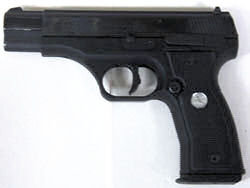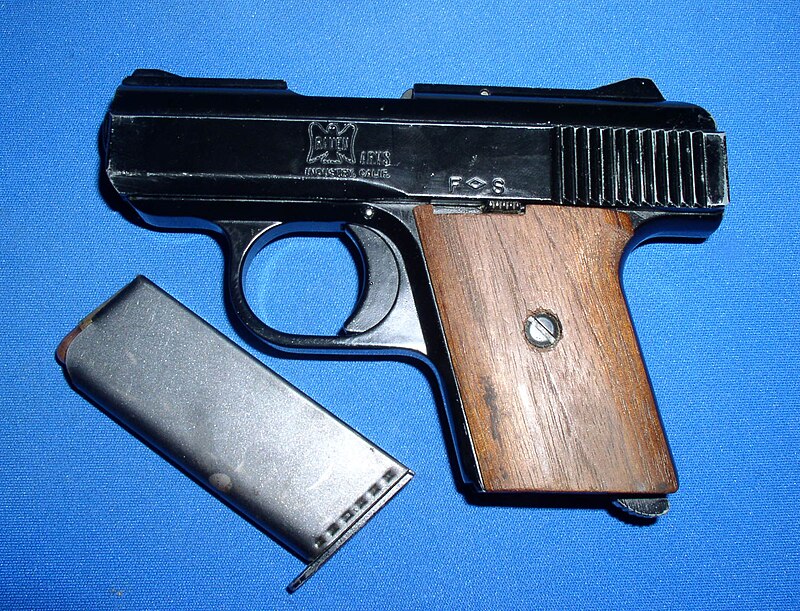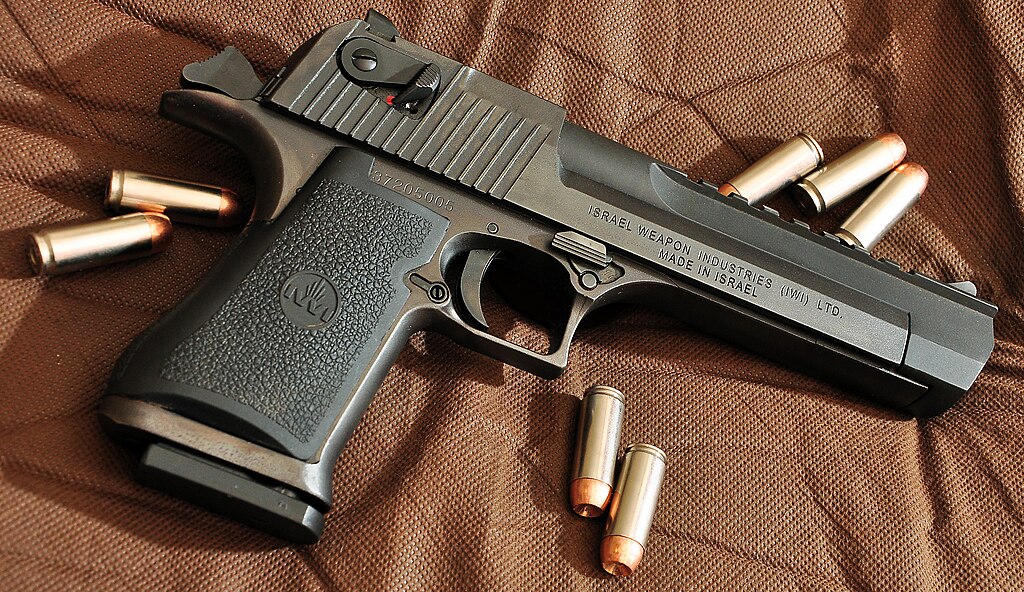
“A gun that won’t fire when needed is worse than no gun at all.” In the world of firearms, reliability isn’t a luxury-it’s the baseline. Yet history and the modern market are full of examples of handguns and rifles that failed to meet that standard, sometimes in spectacular fashion. For shooters in whom performance under pressure is important, knowing which models have earned a reputation for malfunctions can make all the difference between confidence and catastrophe.
The list runs the gamut from high-profile launches that buckled under the weight of their own hype to budget pistols that gamble with every trigger pull. These firearms share one thing in common: they’ve been dogged by persistent feed failures, light primer strikes, and other mechanical gremlins. This isn’t about ammunition quirks or user error-it’s about designs and executions that simply didn’t deliver. Here are ten guns whose track records have made seasoned shooters wary, and the hard lessons they leave behind.

1. Remington R51 – A Revival Gone Wrong
When Remington resurrected the Pedersen hesitation-lock design in 9mm, expectations ran high. The sleek, art deco-inspired R51 promised low recoil and a slim carry profile. But as early as its 2014 release, reviewers reported alarming issues-failures to feed, cycling malfunctions, and even rounds firing out of battery. According to firsthand testing, one retail model suffered 28 malfunctions in just 92 rounds. The Gen 2 fixed the dangerous out-of-battery firing, yet reliability remained spotty, with magazines failing to lock the slide and the grip safety biting into shooters’ hands. The result: a carry pistol that looked good but couldn’t be trusted.

2. Kimber Solo Carry: Premium Price, Picky Appetite
Kimbers’ Solo Carry was an ambitious pitch for a high-end micro-9mm for concealed carry, but its operational demands alienated many buyers. The company specified premium hollow-point loads of 124 or 147 grains and cautioned against common FMJ practice ammo. Even with the recommended rounds, some testers experienced light primer strikes and failures to cycle. One gunsmith-after diagnosing repeated misfires-traced the problem to light strikes regardless of ammunition choice. For a defensive pistol, the Solo’s inability to run reliably on a broad diet of ammo was a fatal flaw.

3. Colt All American 2000 – A Stoner-Knight Misstep
On paper, the Colt All American 2000 had pedigree: designed by Eugene Stoner and Reed Knight, it sported a rotating barrel, 15-round capacity, and a polymer frame to give Glock a run for its money. Unfortunately, Colt’s production changes-such as a two-piece slide with loose lockup, and doubling the 12-pound trigger pull-crippled it in operation. Multiple reports from various evaluations state this handgun suffered chronic inaccuracy, jammed frequently, and even earned a recall for drop-fire hazards. Colt historian Rick Sapp termed it “one of the most embarrassing failures in the company’s history,” and the production ended after barely two years.

4. Kel-Tec PF-9 – Lightweight, Heavy on Problems
The PF-9 gained attention for being among the thinnest 9mm pistols available but its long-term reliability left much to be desired. Early on, it ran fine with factory ammo but within 500 rounds many owners saw feed and extraction failures. The extractor system required precise, undocumented torque to function, making field fixes frustrating. As one long-term owner noted, the pistol devolved into a range toy with “a handful of FTEs in every 50 rounds” and punishing recoil that could literally draw blood from the shooter’s hand.

5. Taurus PT738 TCP – Pocket Carry, Persistent Jams
The failures to eject and light primer strikes reported by so many owners nullified the deep concealment in .380 ACP that Taurus’ PT738 TCP had offered. While extended break-in improved the performance for some, others found malfunctions to be a constant companion. This is a level of uncertainty that undermines the role of the platform for close-range defensive use.

6. Raven MP-25 – Budget Build, Budget Performance
The post-1968 market for inexpensive, domestic handguns spawned the Raven MP-25: a zinc-alloy .25 ACP pocket pistol. Though millions were sold, the MP-25 has a well-deserved reputation for misfires and frame wear. Aside from fixed sights and blowback action, the materials and tolerances mean even when it runs, failures are common. For most people it is a nostalgic curio and not a dependable defensive tool.

7. SCCY CPX-2 – Cheap, Yet Inconsistent
The low price and lifetime warranty of the SCCY CPX-2 make it very attractive to the budget-minded buyer. Feeding issues and light strikes – particularly with the less expensive ammunition – are frequent complaints. Many owners report finally getting reliability after polishing internals and breaking in the gun, others never achieve consistent performance. That gamble’s hard to justify in the concealed carry world.

8. Desert Eagle .50 AE – Power at a Price
The Magnum Research Desert Eagle in .50 AE is iconic for its size and power but finicky in reliability. The gas-operated system demands full-power loads and a firm grip; deviations from either will result in stovepipes and misfires. It is not inherently defective, but its sensitivity to both ammo and technique means it is better as a range spectacle than as a defensive or duty weapon.

9. Remington Model 597 – Rimfire Disappointment
On paper, the semi-auto Model 597 should have been a solid budget .22 LR rifle. The sobering reality was that factory magazines often caused feed failures and misfires. Even fastidious cleaning and selective ammunition use couldn’t ensure smooth operation. For a rimfire, where simplicity and reliability are assumed, its spotty performance kept it from competing with established favorites.

10. Jimenez JA-380 – Cheap, and It Shows
The Jimenez JA-380 gets its appeal from its low cost. Frequent light strikes, feed failures, and early frame wear are part of the package. While some owners report acceptable function with light range use, the pattern of mechanical issues makes it a poor candidate for any role where reliability is key. Reliability is not just another feature; rather, it’s integral to a firearm’s purpose. From high-profile flops to bargain-bin gambles, each of these guns provides an illustration in how design compromises, manufacturing shortcuts, or operating parameter set too narrow can doom the reputation of a model. Shooters can take one lesson from these cautionary tales: the real-world track record of a gun trumps marketing promises and first impressions.

